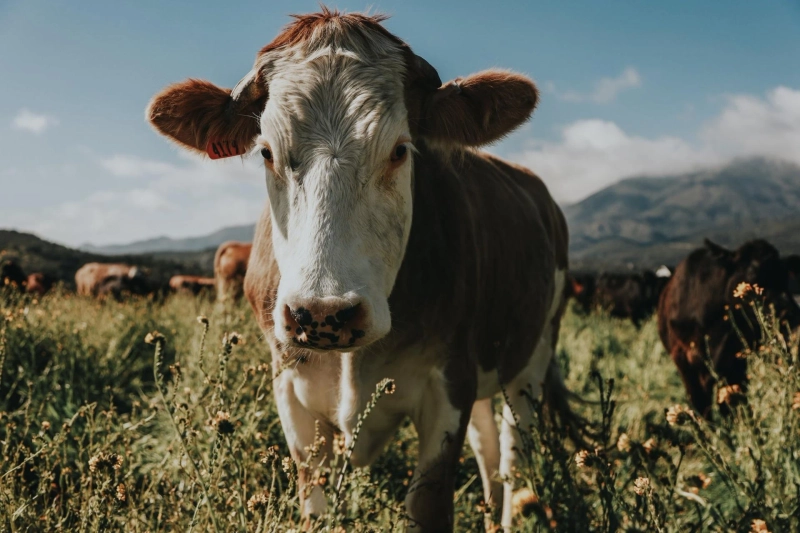At the end of the day, we all aspire to leave things better than we found them. Sometimes, this is as simple as picking up a piece of trash on the sidewalk. Other times, being a good steward of the environment is more complex, such as rethinking our consumption habits. Regenerative agriculture—a holistic approach to farming—is rooted in the idea of leaving the land better than before.
After all, a balanced ecosystem is a happy ecosystem, which is why regenerative agriculture works in harmony with nature rather than in competition with it. Luckily, each and every person can take part in leaving the land better than before. Whether you want to use more sustainable practices on your own pastured chicken farm or simply want to be more informed when buying animal products, here are three regenerative agriculture practices to learn about.
Holistic Grazing
This regenerative farming technique allows farmers to carefully manage their livestock’s grazing patterns. By strategically herding livestock throughout a pasture, farmers can raise nutritious, high-quality meat while improving soil health.
Holistic grazing has many benefits for both the livestock and land. When livestock graze in pastures, they naturally aerate and fertilize the soil while managing the growth of weeds and potentially invasive plant species. This reduces the use of synthetic fertilizers and herbicides while creating healthier, more productive soil.
Mobile Chicken Coops
Similar to holistic grazing, using mobile chicken coops can benefit the land and the animals. Mobile coops allow chickens to forage and scratch for bugs, which gives them an enriching life and a healthy diet. Additionally, this process produces nutrient-rich soil through natural fertilization.
Since the average pasture raised chicken enjoys a healthier diet and lives in a less stressful environment, it generally has a healthier immune system and produces higher-quality meat. Researching where your meat comes from and how it was raised can help you make sure you’re choosing to support a farm that not only raises tender, healthy meat but also takes care of its land.
Crop Rotation
One of the best ways to keep soil nutrient-rich and prevent harmful erosion is to rotate crops periodically. Growing one type of crop on the same plot of land year after year eventually strips the soil of essential nutrients, whereas rotating between two or three different crops allows the soil to regenerate, combats erosion, and helps the land become more efficient.
Growing only one type of crop is known as a monoculture. Since soy and corn are two of the most popular ingredients in most animal feed, these crops are often cultivated using unsustainable practices. Choosing corn and soy free chicken or supporting local organic farms that rotate their crops is a great way for the average person to take part in this regenerative agriculture practice.
There are countless ways we can help leave the earth better than we found it, like shopping locally, picking up litter, or conserving water. Luckily, anyone can participate in regenerative agriculture by choosing products from ethical and trustworthy farms.
About Primal Pastures
The best things in life are often the simplest, like watching a sunrise, spending time with loved ones, or enjoying a home-cooked meal. This is why Primal Pastures has been setting the standard for clean meat for over a decade by raising their livestock simply and humanely. While Primal Pastures has grown since their humble beginnings in 2012 as a backyard farm, one thing has remained unchanged: their dedication to providing the cleanest food possible using agricultural practices that aspire to leave the land better than before. By feeding their animals corn-free and soy-free nutrient-dense food, raising them in pastures, and following regenerative agricultural practices, Primal Pastures sets a standard that less than roughly 0.01% of farms in America can live up to.
To learn more about how Primal Pastures cares for their land, visit https://primalpastures.com/
Original Source: https://bit.ly/4d4t02K
What Is Regenerative Agriculture, and How Can You Support It?


